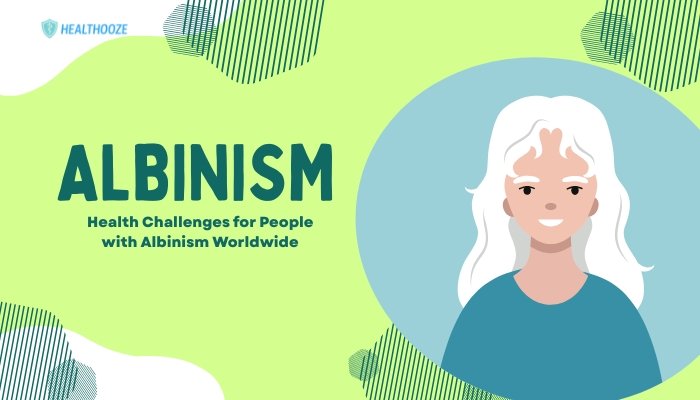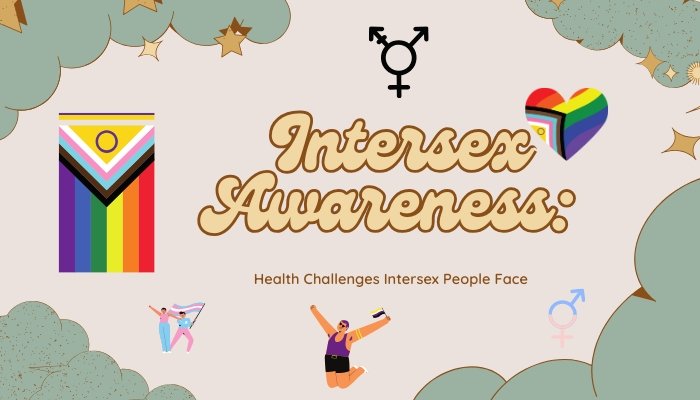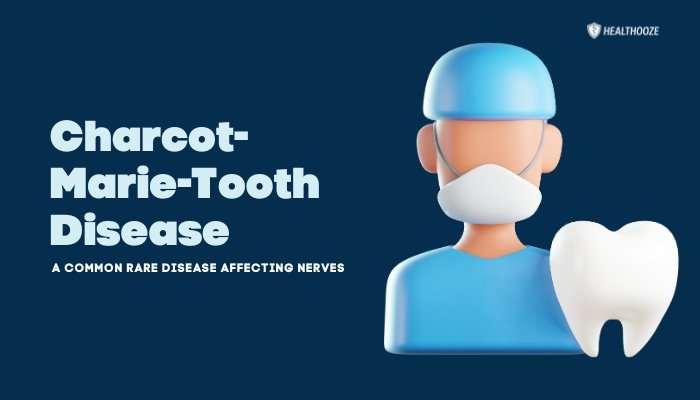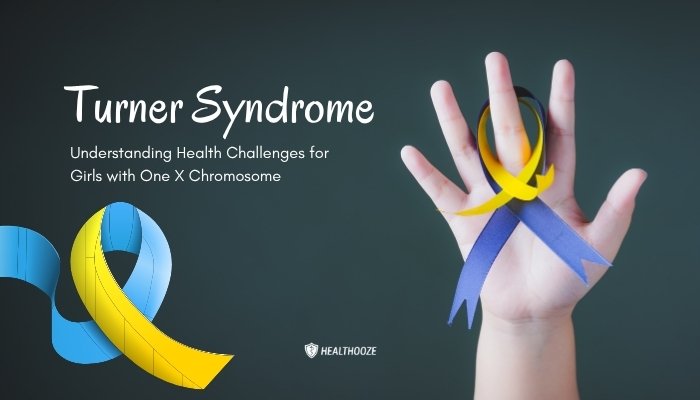Introduction
Albinism is an inherited condition characterized by reduced or absent production of melanin, the pigment that gives color to the skin, hair, and eyes. Affecting individuals across all ethnic groups, albinism often involves visual impairments and a heightened risk for sun damage due to minimal pigmentation.
Despite being relatively rare, it has significant physical and psychosocial implications, especially in regions where myths and misconceptions can fuel discrimination or violence. This article explores what albinism truly is, the unique challenges that people with albinism face, and how communities and healthcare providers can foster better inclusion and support.
Understanding Albinism
Genetic Basis
Albinism results from mutations in genes that direct melanin production. Depending on the specific gene and mutation:
- Oculocutaneous Albinism (OCA): The most common form, affecting skin, hair, and eye pigmentation. Multiple subtypes (e.g., OCA1, OCA2) vary in severity of color reduction and vision issues.
- Ocular Albinism (OA): Primarily impacts the eyes, with minimal or no changes to skin or hair color.
These conditions follow autosomal recessive inheritance (except ocular albinism, which is X-linked). Therefore, both parents must carry the gene mutation for a child to manifest albinism.
Physical Characteristics
- Light-Colored Hair and Skin: Hue can range from completely pigment-free to just slightly lighter than family members.
- Eye Changes: Iris may appear translucent, sometimes with a bluish or reddish tinge. Reduced pigmentation in the retina can lead to vision problems.
- Sun Sensitivity: Melanin deficiency leaves skin prone to sunburn, increasing the likelihood of skin cancer.
Vision Impairments
- Nystagmus: Involuntary eye movements, often making it hard to focus.
- Photophobia: Light sensitivity can necessitate tinted glasses or hats outdoors.
- Reduced Acuity: Without adequate melanin for normal retinal development, many have moderate to severe vision challenges. Specialized lenses or vision aids are typically recommended.
Global Prevalence and Cultural Context
Geographic Variations
While albinism appears worldwide, certain regions—particularly parts of sub-Saharan Africa—report higher prevalence, with estimates around 1 in 2,000 or 1 in 5,000 people. Socioeconomic disparities in these areas, along with misconceptions about albinism, pose significant hurdles.
Myths and Discrimination
- Superstitions: Some communities mistakenly associate albinism with curses, spirits, or magical powers.
- Threats to Safety: In extreme cases (particularly in parts of East Africa), individuals with albinism face violence or attacks from those seeking body parts for ritualistic use.
- Isolation and Emotional Toll: Negative assumptions about a child’s ability to learn, or the notion that albinism is contagious, can lead to bullying or familial neglect.
Underrecognized in Other Regions
Even in developed nations, albinism might be overshadowed by more common genetic or vision disorders. Limited awareness fosters stereotypes or naive curiosity, leading to social alienation.
Health and Social Challenges
Skin Cancer Risks
Melanin’s protective role against UV rays means that individuals with albinism are more vulnerable to sunburns, photodamage, and skin cancers (basal cell, squamous cell, or melanoma). Regular sunscreen application, protective clothing, and routine skin checks are essential.
Access to Healthcare and Vision Aids
- Low Vision Solutions: Magnifiers, telescopic lenses, and proper lighting can dramatically improve daily functioning but may be costly or inaccessible, especially in low-income areas.
- Dermatological Care: Periodic screenings to catch suspicious moles or lesions early. This remains scant in communities lacking specialized services.
Educational Barriers
- Classroom Inclusion: Students with albinism often need front-row seating, large print materials, or audio resources to keep up with peers.
- Teacher Training: Awareness of visual accommodations (e.g., not labeling a child as “lazy” for not copying from the board) ensures better academic outcomes.
Overcoming Social Barriers
Advocacy and Legislation
- Local and Global Organizations: Groups like Under the Same Sun, NOAH (National Organization for Albinism and Hypopigmentation), and local nonprofits champion rights, raise visibility, and push policy reforms.
- UN Involvement: The UN’s recognition of discrimination faced by people with albinism fosters new protective measures and encourages countries to pass relevant legislation.
Education and Community Dialogues
- Media Representation: Positive portrayals in TV, film, or social media reduce harmful myths, showing people with albinism living normal, accomplished lives.
- Workplace Inclusion: Encouraging employers to offer reasonable accommodations for vision or UV protection fosters better job retention and success.
Family and Peer Support
- Parent Groups: Families share tips on skincare, educational tools, and forging acceptance in the child’s environment.
- Mentorship: Individuals with albinism who have pursued higher education or career success can inspire younger generations.
Advances in Research and Care
Genetic and Gene Therapy Insights
Recent studies on genes (e.g., TYR, OCA2, SLC45A2) refine understanding of how melanin production is disrupted. Gene editing concepts remain experimental, but hold promise for possibly restoring partial pigment function.
Improved Optical Devices
- Adaptive Lenses: Tinted or polarized lenses reduce glare, while advanced scotopic tools help with nighttime or low-light tasks.
- Digital Aids: Smartphones and tablets with magnification or text-to-speech functions can be cost-effective ways to boost independence.
Multidisciplinary Clinics
In many centers, holistic care for individuals with albinism includes a dermatologist, ophthalmologist, and mental health professional. This integrated approach addresses the full spectrum of physical and psychological needs.
Practical Recommendations
Sun Protection
- SPF 30+ Sunscreens: Regularly reapply, especially during midday.
- Protective Gear: Hats with brims, UV-blocking sunglasses, and long-sleeved clothing.
- Shade and Scheduling: Outdoor activities often timed for early morning or late afternoon to reduce intense sun exposure.
Routine Eye Examinations
Annual or semi-annual checkups with an ophthalmologist enable quick adaptation of lens prescriptions, ensuring comfort and clarity.
Social Preparedness
- Advocacy in Schools: Early communication with teachers about special materials or seating can set a positive academic foundation.
- Community Awareness: Friends, relatives, or coworkers benefit from basic knowledge on albinism’s nature and non-contagiousness, preventing awkward or prejudiced behavior.
Conclusion
Albinism is far more than just lighter skin or hair—it influences vision, social interactions, and health risks, especially in sun-drenched climates. While prejudices and misinformation remain widespread, modern times offer glimmers of progress: advanced assistive technologies, community-based advocacy networks, and educational efforts championing self-acceptance. For many living with albinism, simple measures—like routine skin checks or better classroom accommodations—can transform daily life. Finally, ongoing research into genetics and possibly gene therapy holds out hope for future breakthroughs, ensuring that each individual’s potential can be fully realized without overshadowing challenges.
References
- Grønskov K, Ek J, Brondum-Nielsen K. Oculocutaneous albinism. Orphanet J Rare Dis. 2007.
- Lund PM, Taylor JS, Toro JR, et al. Health and social well-being of children with albinism in Zimbabwe. Int J Dermatol. 2019.
- Kromberg JG, Manga P. Albinism in Africa: Historical, geographic, medical, genetic, and psychosocial aspects. Pigment Cell Res. 1998.
- http://noah.org/
- http://underthesamesun.com/







